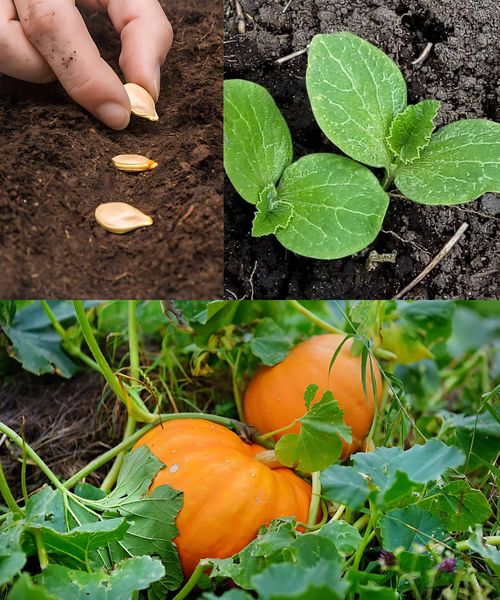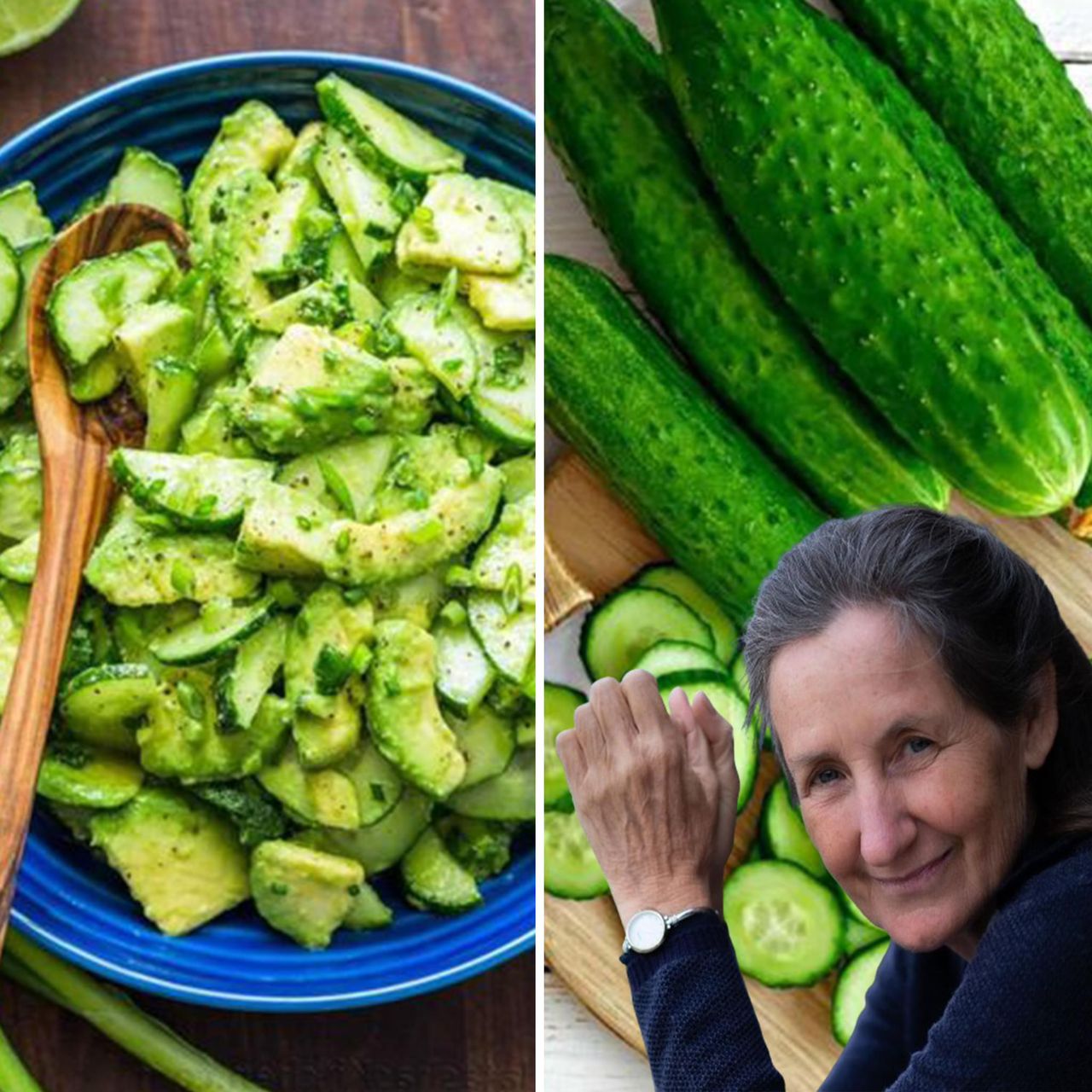Ah, the pumpkin. A symbol of fall, a carving canvas, and a delicious ingredient in festive treats. But growing a prize-worthy pumpkin that’ll be the envy of the neighborhood takes more than just tossing some seeds in the dirt. Fear not, fellow pumpkin enthusiasts! This guide will unearth the secrets to cultivating colossal cucurbits (that’s the fancy word for gourds!) right in your own backyard.
Location, Location, Location:
Pumpkins crave sunlight, so pick a spot that gets at least 6-8 hours of direct sunlight per day. Make sure the soil is well-draining and fertile. Amending your soil with compost or aged manure a few weeks before planting will give your pumpkin a head start.
Planting Powerhouses:
Choose high-quality pumpkin seeds from a reputable nursery or online retailer. Popular giant pumpkin varieties include Atlantic Giant, Big Max, and Big Moon. Sow your seeds directly outdoors after the danger of frost has passed and the soil temperature reaches at least 70°F (21°C). Plant each seed about an inch deep in hills spaced 8-10 feet apart.
Water Wisely:
Pumpkins are thirsty fellas, especially during hot weather. Aim for deep watering around the base of the plant (not on the leaves) every few days. Avoid overwatering, which can lead to root rot.
Feeding Frenzy:
For truly monstrous pumpkins, provide your plants with a steady stream of nutrients. Use a balanced fertilizer formulated for vegetables, following the instructions on the package. You can also give your plants a boost with organic matter like compost tea or aged manure tea every few weeks.
Pollination Power Play:
Pumpkins have separate male and female flowers. To ensure pollination and fruit set, you can gently hand-pollinate your plants in the morning. Use a cotton swab to collect pollen from a male flower (identified by a thin stem) and transfer it to the stigma (sticky part) of a female flower (identified by a small bulge at the base).
Throne of Support:
As your pumpkin grows, it might need some support to prevent the fruit from rolling around or getting damaged. You can use a straw bale or a large piece of plywood placed under the developing pumpkin.
The Great Shape Up:
For perfectly round pumpkins, you can gently rotate them every few days during development. This will help prevent them from developing a flat side where they rest on the ground.
Harvesting Heroics:
Your pumpkin is ready to harvest when the stem begins to brown and dry out. The rind should also feel hard and resist pressure from your fingernail. Use a sharp knife or pruning shears to cut the stem, leaving a few inches attached to the pumpkin.
Bonus Tip: The Cinderella Carriage Trick!
For an extra-special touch, some giant pumpkin growers elevate their developing fruits on a pyramid of cinder blocks with a piece of plywood on top. This allows for even growth and prevents the pumpkin from resting directly on the soil.
With these secrets in your arsenal, you’re well on your way to cultivating a pumpkin that’ll be the star of the show this fall! So grab your seeds, get planting, and prepare to be amazed by the pumpkin power you unleash in your own backyard!



